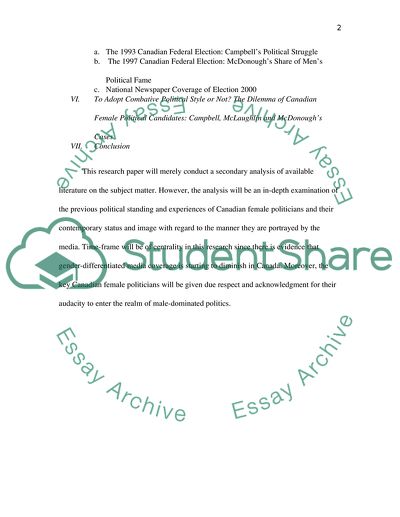Cite this document
(The Media Portrays Canadian Female Political Candidates Unfairly Research Paper, n.d.)
The Media Portrays Canadian Female Political Candidates Unfairly Research Paper. Retrieved from https://studentshare.org/media/1716931-the-media-portrays-female-political-candidates-unfairly
The Media Portrays Canadian Female Political Candidates Unfairly Research Paper. Retrieved from https://studentshare.org/media/1716931-the-media-portrays-female-political-candidates-unfairly
(The Media Portrays Canadian Female Political Candidates Unfairly Research Paper)
The Media Portrays Canadian Female Political Candidates Unfairly Research Paper. https://studentshare.org/media/1716931-the-media-portrays-female-political-candidates-unfairly.
The Media Portrays Canadian Female Political Candidates Unfairly Research Paper. https://studentshare.org/media/1716931-the-media-portrays-female-political-candidates-unfairly.
“The Media Portrays Canadian Female Political Candidates Unfairly Research Paper”, n.d. https://studentshare.org/media/1716931-the-media-portrays-female-political-candidates-unfairly.


